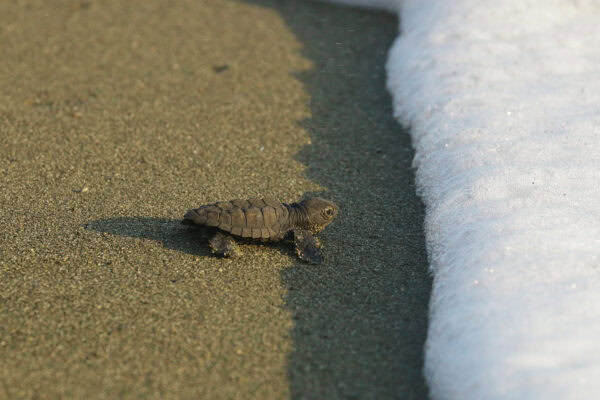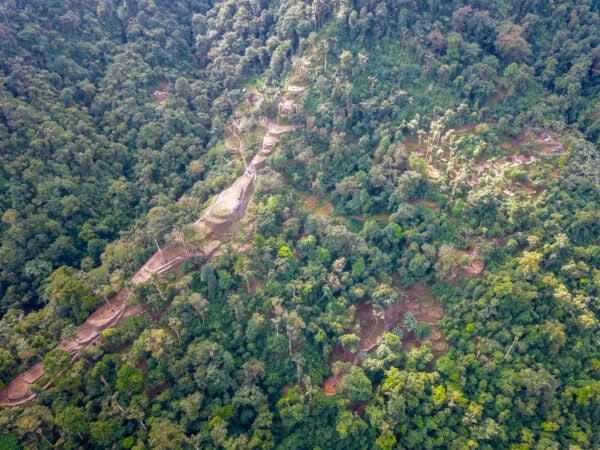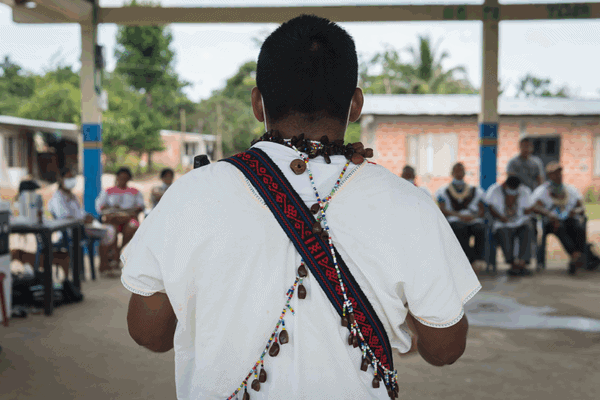An interview with the Inga indigenous leader Doris Waira Nina Jacanamijoy Mutumbajoy regarding the experience of Colombia’s Yachaikury Indigenous School, now in its third decade.
Why was the Yachaikury School founded?
We were faced with many disastrous problems that drove us to make immediate decisions. We held ceremonies, meetings, and discussions with the Inga communities, with the state, and with many others. A diagnostic in 1994 yielded the following information:
- Since the 1950s, the Catholic Church had established agreements with the state to oversee indigenous education in the department of Caquetá.
- With respect to the creation of state-sponsored training schools for the San Miguel, San Antonio, San Rafael, San Gabriel, Niñeras, Cozumbe and Las Brisas communities: one of the elders did not accept this category of the state, and the church imposed religious names (the names of saints) on the schools.
- All the teachers in the indigenous schools were colonists. They forced the communities to learn and speak Spanish and not to speak their mother tongue.
- Most of the Inga children who graduated from these schools had no hope of continuing their education. Their options included being kidnapped by armed groups or continuing to process coca.
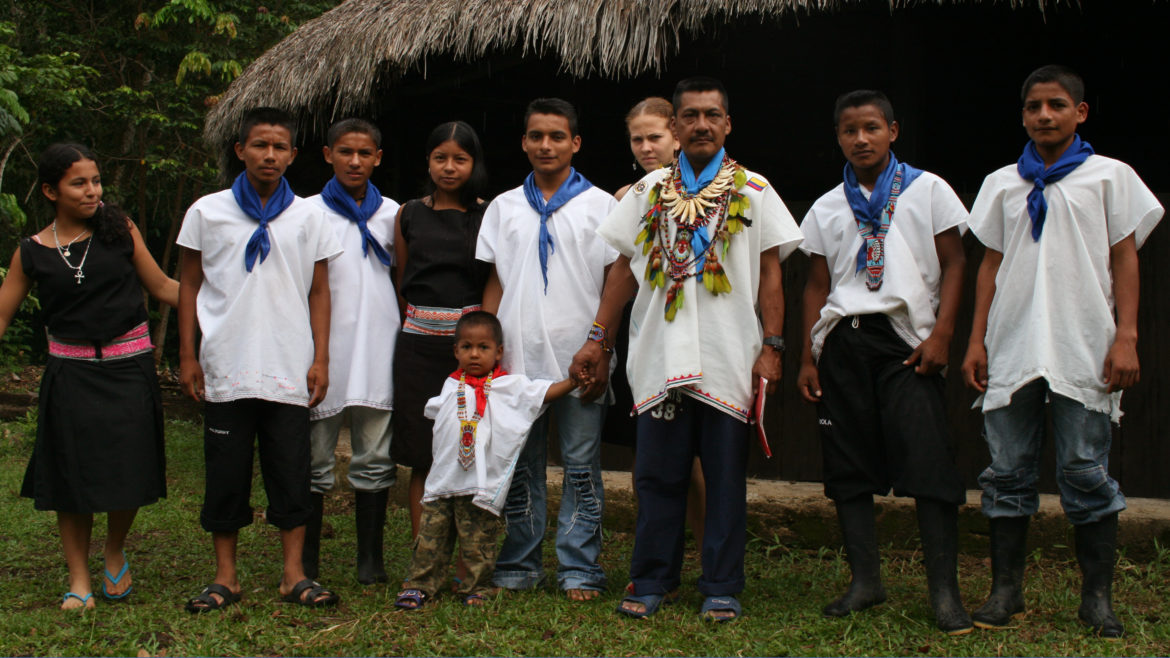
What makes Yachaikury different from a standard school?
From the beginning, it was clear that we urgently needed to tabulate the concerns of the communities in order to propose something different. We carried out a study in accordance with the regulations and laws, both those of which we were aware and those of which we were not. This led us to propose something different for the education system for the Inga communities, aligned with our training as anthropologists and ethno-educators. A distinctive project was developed with the communities, embracing the following:
- Ensuring an education that strengthens and promotes cultural values, emphasizing indigenous methods.
- Training of the indigenous teachers themselves to assume responsibility in the schools.
- Recognition of the knowledge of the elders as a form of scientific knowledge, knowledge that is paid for by the state to educate our children.
- Ensuring that each of the schools had their own teachers to strengthen traditional knowledge.
- Demonstrating that the authorities of our territories can manage their own educational system funding allocated by the state.
- The school would strengthen traditional medicine and knowledge of plants, and teach management of the territories, the mother tongue, traditional craftmaking, etc.
- The school would provide education in social organization, territory, spirituality and medicine, languages and meanings.
What has been the impact of Yachaikury on students and the community in general?
Something very important during this experience is that it has really been a path of considerable learning, and that it has involved both organizations such as the Amazon Conservation Team and the state at the local, regional and national levels.
This experience is impactful in many ways and from any point of view, with respect to both administrative and pedagogical policies for the communities, since neither the state nor the communities have magical means to determine actions that are truly the best to heal or repair centuries-old damage. This path has always been a path of learning together, since this project has been developed in the midst of war as an alternative to peace. The project has had the following impacts:
- 60% of the children who have graduated from 2006 to 2020 have returned to their territories to serve as leaders or teachers in their own schools and communities. Only a few have entered universities, due to a lack of guarantees.
- The Inga schools currently have Inga indigenous teachers. Although some have lost their native language, they are making an effort within their own communities, with the last elders still holding on to their language in the communities.
- The Tandachiridu Inganokuna Association offers its administrative experience in education to other communities and reserves in Putumayo so that they gain administrative experience and can receive funds for their own educational processes.
- In light of the educational experience in Yachaikury, the indigenous communities of other peoples have asked Yachaikury to support them with educational training.
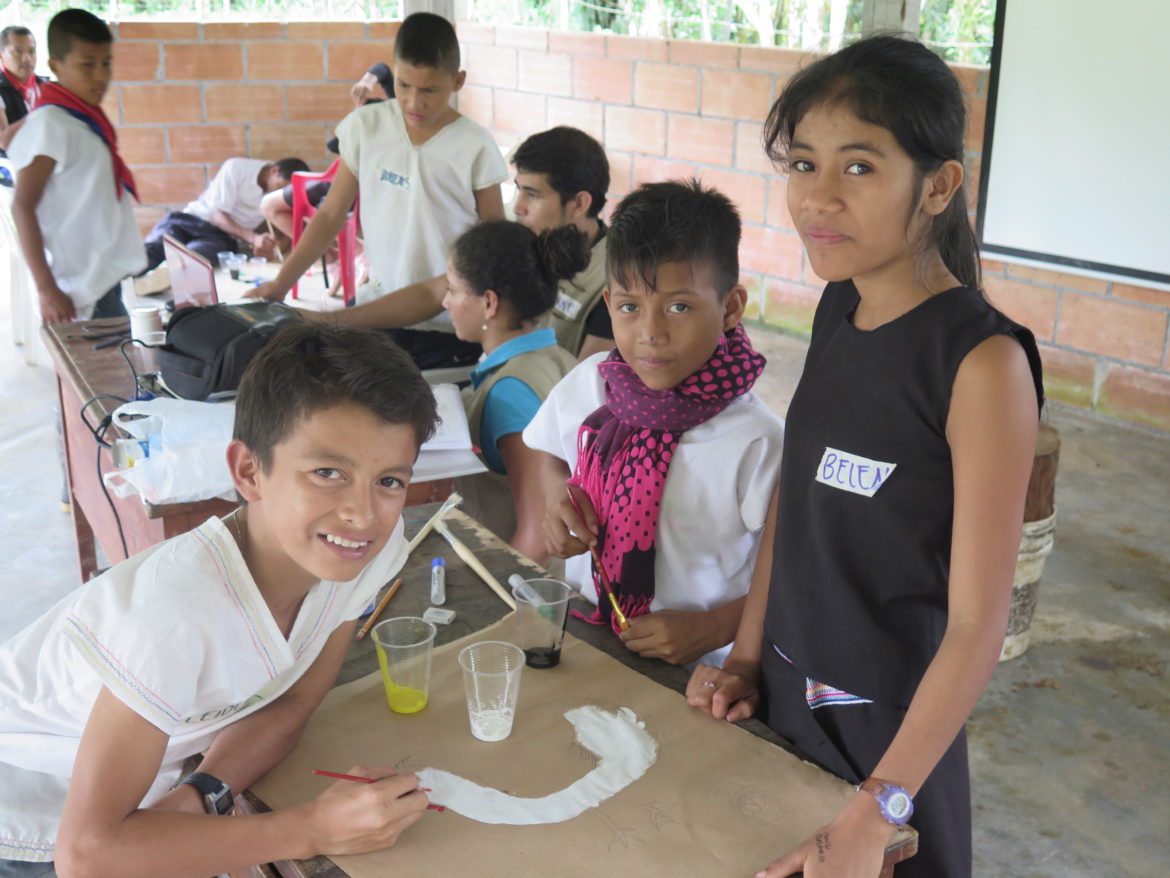
What are some of the successes of Yachaikury graduates?
- 60% of Yachaikury graduates return to their community and assume leadership responsibilities as authorities or teachers.
- 15% of graduates began to train in professional careers.
- Two alumni continue as traditional medicine apprentices.
A process that has been recognized
- Natividad Mutumbajoy Jansasoy / Linguapax International Prize, 2006
- Flora Macas / Coreguaje de Oro award, 2011
- Doris Waira Jacanamijoy / Formal recognition of her leadership from OPIAC and from the municipal government of San José del Fragua
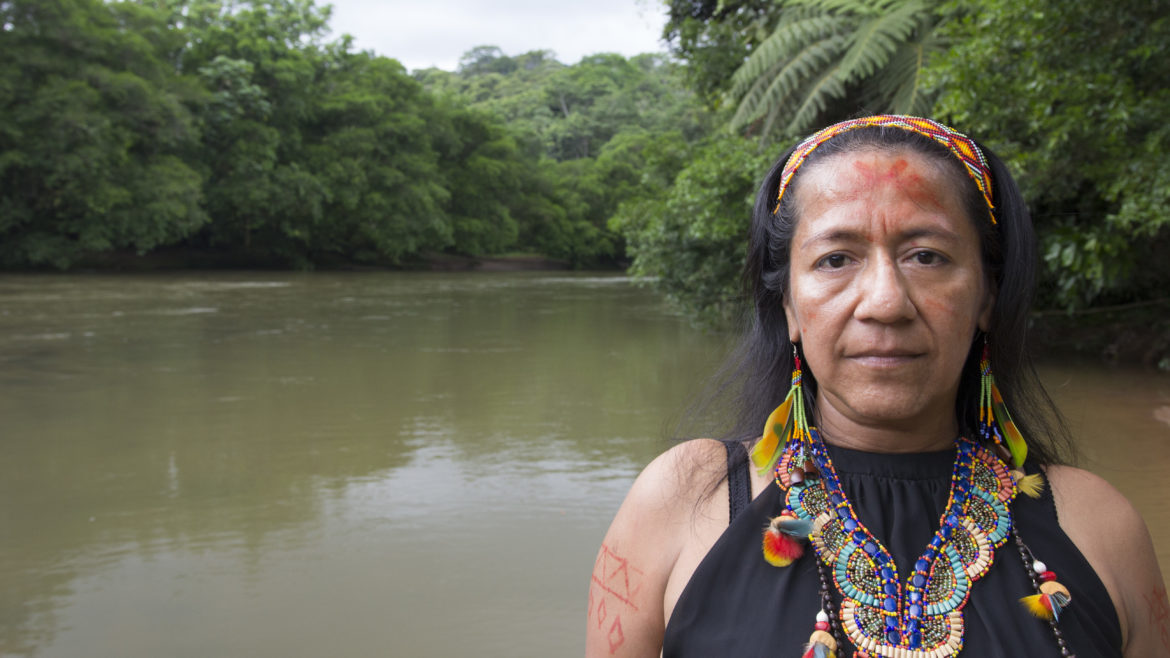
Yachaikury through the years
1994 to 1999: Yachaikury’s experience begins with a project to train 22 apprentices in traditional medicine, without the support of the Colombian state. From this, a project to strengthen culture, unity, and territory was born. The first individuals to push for the creation of Yachaikury were Natividad Mutumbajoy and Taita Laureano Becerra, who both conceived the idea. Others who strongly supported the development of this concept were Flora Macas, Waira Nina Jacanamijoy, and Mario Jacanamijoy.
1999 to 2003: From the formulation of the project, we began to develop the project with 25 students, in which the children received classes at the Las Lajas School until noon, and then in the afternoon, at the Yachaikury School, they received classes on traditional medicine, ancestral agriculture, and social organization.
2003 to 2014: In 2003, the first official resolution was issued to provide the educational service of the school in a private capacity. In 2009, the educational project of the Inga people began to be formulated at the national level. For eleven years, the Association supported education through grants and agreements. In this phase, the primary support was obtained from ACT. Credit is also due to the great effort of the communities of the Tandachiridu Inganokuna Association, the Instituto de Etnobiologia, SOS Colombia, Herencia Verde, Patrimonio Natural, and OZIP.
2014 to 2020: The latest step is from private to public. ACT continues its support, both economically and technically. In 2015, an official resolution was issued for reorganization of the educational venues. This was followed by new agreements with the Secretariat of Education of Caquetá, the appointments of teachers, and the formulation of the Comprehensive Indigenous Public Policy of Caquetá and the Departmental Coordinating Body for Indigenous Education.
Doris Waira Nina Jacanamijoy Mutumbajoy is an artist and leader of the Inga people of the Yurayaco community of the Tandachiridu Inganokuna Association. She is also the communication and culture coordinator of the Tandachiridu Inganokuna Association and the Yachaikury School pedagogical advisor. As a leader, she has worked for the recognition of the cultural wealth of her community, their education, and their rights. She has received formal recognition of her leadership from OPIAC and from the municipal government of San José del Fragua.
Share this post
Bring awareness to our projects and mission by sharing this post with your friends.


